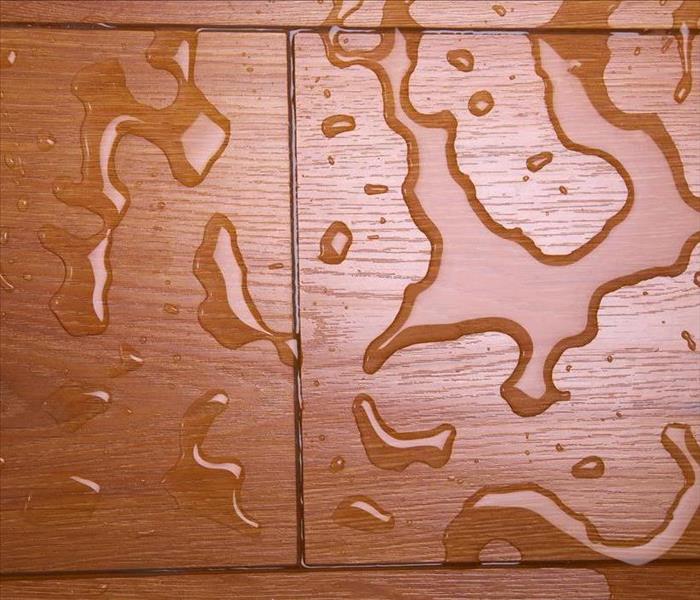How to Spot Water Damage in your Home
1/20/2021 (Permalink)
One thing most homeowners hate is water damage. If left untreated, water damage can impact your home's structure and even create other complications, such as mold that can cause health effects, to you and your young children.
4 Ways to Detect Water Damage
Here is a list of how to detect water damage in your home:
- Check your floors. For tile and wood flooring check for cracked or warped flooring. For carpet be on the lookout for damp and soft spots, gradual rises, and the smell of mold.
- Inspect the Outside. When checking the exterior of your home look for pools of standing water which indicate poor yard drainage. Leaky rain gutters or gutters that don't transport water far enough away from the house. Roof water damage usually consists of cracked, curled, or missing shingles and pools of water.
- Mold. You can't solely depend on actually seeing mold to know you have it. Oftentimes, you can smell it as well. When water stagnates, mold and bacteria can grow, which produces an unpleasant, musty smell.
- Look for Stains. Water stains on the ceiling, walls, or in your bathroom around the bathtub and sink are the most common signs of water damage. When paint starts peeling off the walls it could be a sign of loose water within your wall spaces. Also, areas in the wall and ceiling that seem swollen and soft to the touch are another sign of water trouble.
If you read this and realize you have any of the signs for water damage, SERVPRO of Bath can help. It's better to get the problem taken care of sooner than later, before damage potentially becomes worse.






 24/7 Emergency Service
24/7 Emergency Service
